Here's What to Do With the Radiators When You Renovate a Brownstone or Townhouse
Radiator heat is superior to forced air, but if yours are in poor condition or you’re space starved, here are some options.

An illustration of a radiator in a model home at the St. Louis World’s Fair of 1904. Image via “Radiation and Decoration“
If you’re buying a Brooklyn townhouse in need of a big renovation, there’s a good chance it has radiators that run on either a hot water or steam heating system. Deciding what to do with the radiators — whether to replace, restore or remove them in favor of a forced-air heating and cooling system — can have a major impact on the look of the house, and on the budget.
The first step is to settle on a type of heating system. Most Brooklyn brownstones — in particular, the classic Italianate homes of the mid-19th century — were built without central heating. Starting in the 1880s, steam systems, and later forced air, began to appear in townhouses and luxury apartment houses built for the wealthy. Steam systems were installed in the vast majority of brownstones between 1910 and 1930, along with a few hot water systems.
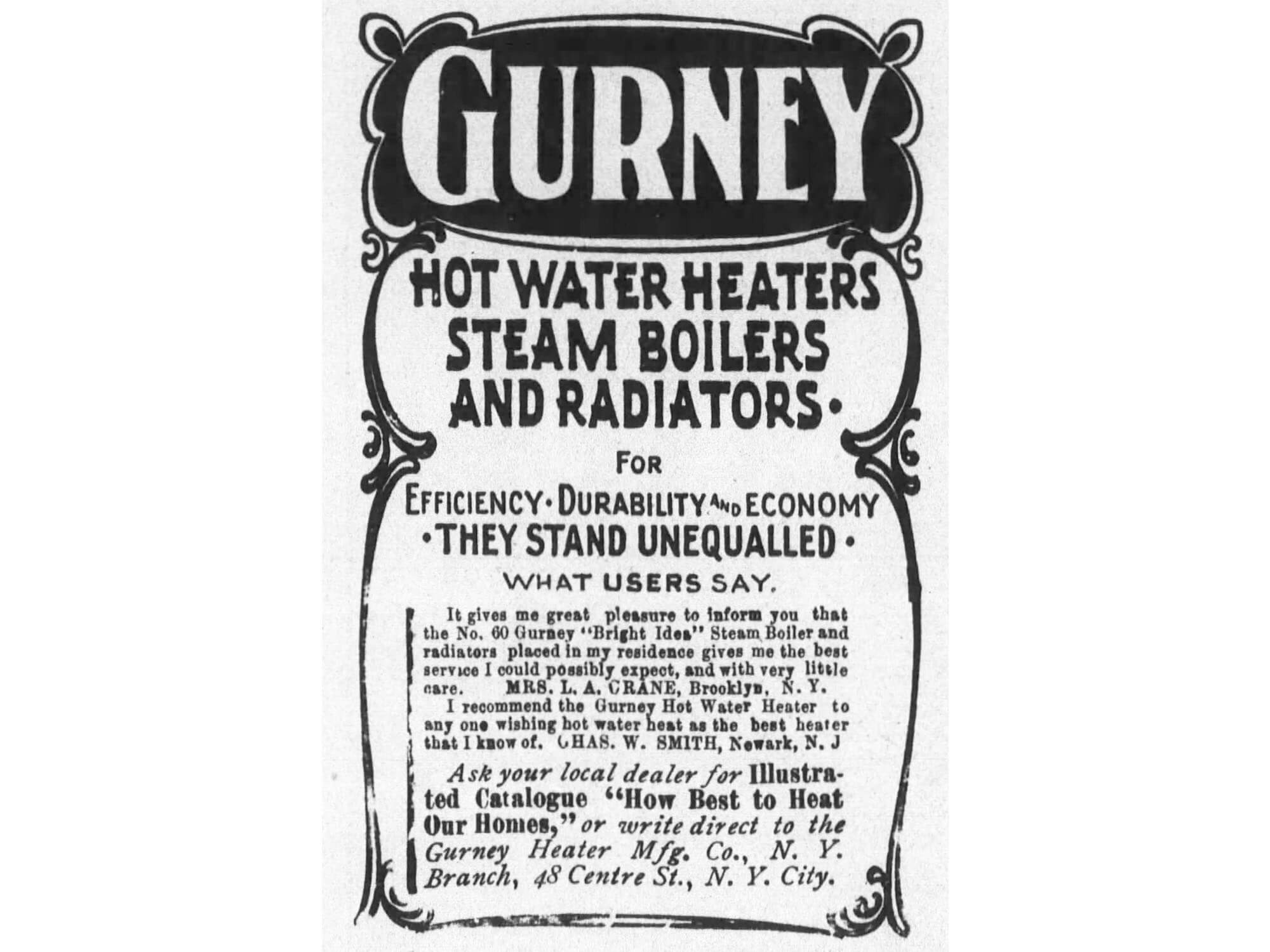
“When I look at some four-story brownstone that at some point was converted to a rooming house, and the pipes have been altered and just can’t be put back, I sometimes tell people they have to start over,” said plumber John Cataneo of Gateway Plumbing and Heating, who specializes in heating systems. “But most of the time, it’s just a matter of some poorly done changes that have been done over the years. Most systems are restorable and can be made to run quietly and efficiently.”
An old steam system can be restored for under $5,000, Cataneo said. Replacing it with a new high-end hot water system costs about $20,000 per floor.
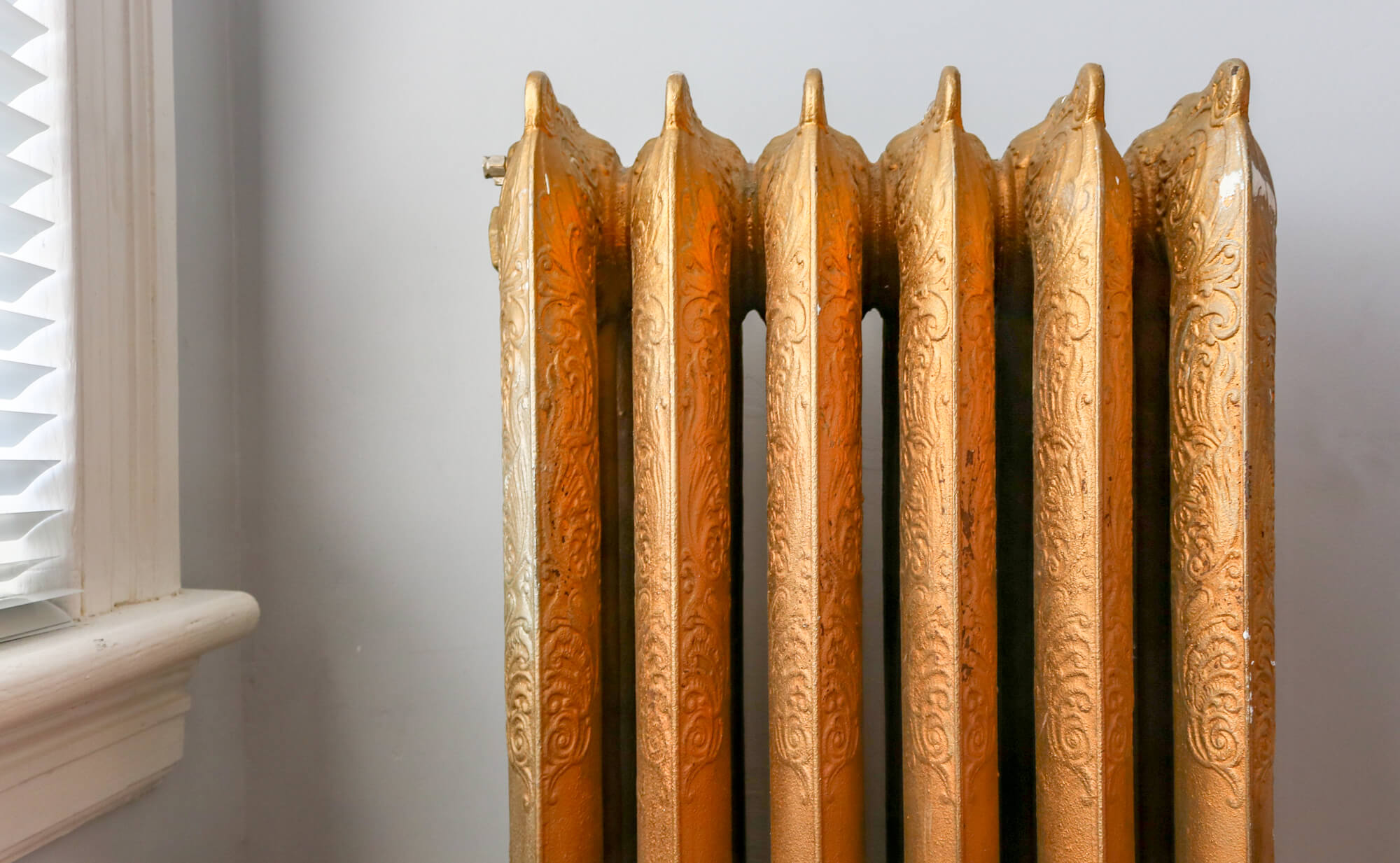
“Hot water is a much more flexible system in that you can adjust water flow, water temperature, radiator temperature. There’s more adjustment based on needs of home,” Cataneo said. “Steam works as one big system that has much less flexibility.”
A forced air HVAC system is a third option that blows dry, heated air into the room through vents.
“Forced air is much drier, so I recommend coupling it with a humidifier,” said architect Sarah Jacoby. “Sometimes, we do a forced-air system combined with small radiators, since people like the quality of the heat it provides.”
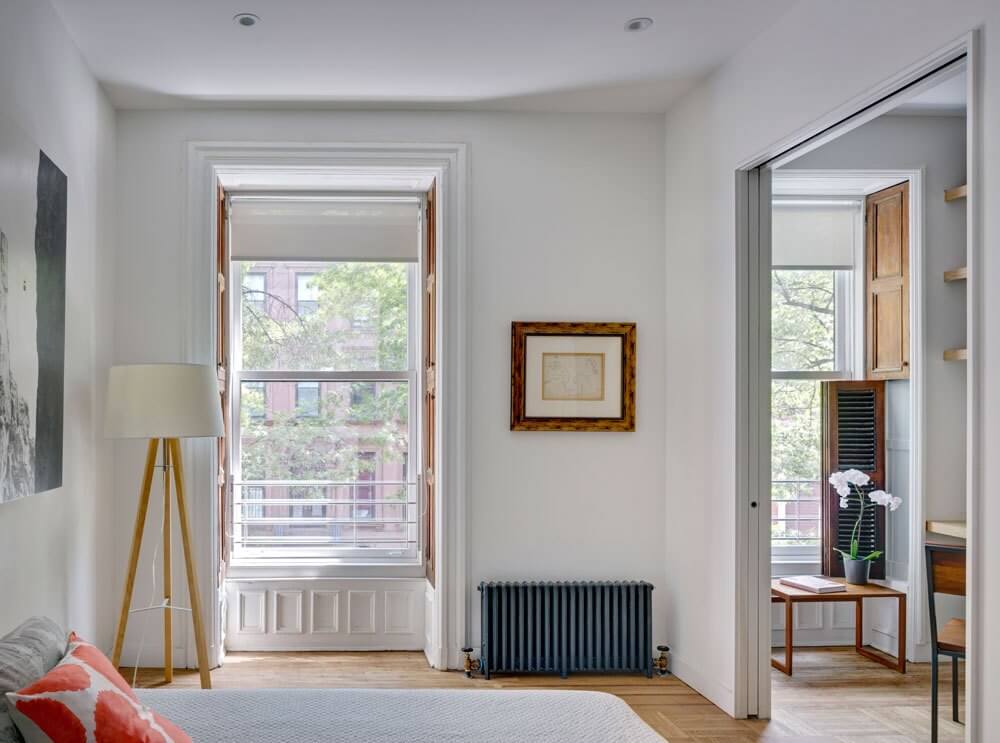
Steam and hot water systems deliver heat through radiators, which stay hot for quite a while even after the boiler shuts off, and many brownstones come with the original cast iron radiators intact. Whether to replace, restore or hide them beneath a radiator cover is mostly an aesthetic preference.
“With existing radiators, there is no one-size-fits-all approach. It really depends on what our clients want the space to be, and on the size, style, and condition of the radiator,” architect Sarah Jacoby said. “If we’re restoring a historic environment, we typically remove the covers, then clean and paint the radiators, integrating them with the interior design. If they’re in bad condition, if the room has space constraints, or if our clients are pursuing a more contemporary atmosphere, we would recommend switching them out.”
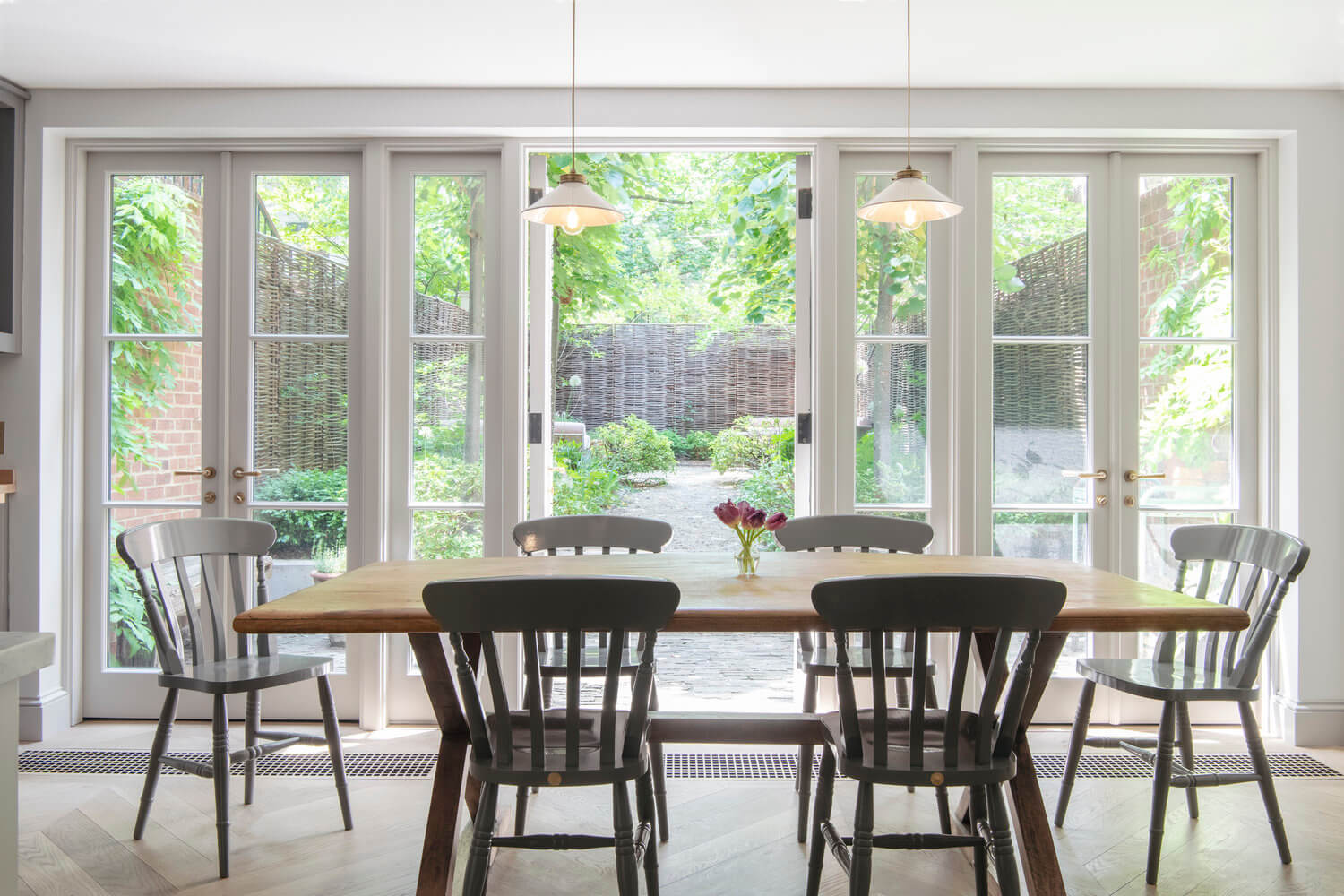
Some architects replace original radiators with new cast iron ones by the brand Governale, which look similar to the old radiators with a slimmer profile. The radiator brand Runtal is another option for those with hot water systems.
“(Runtals) take up almost no space, and they can be custom painted, so they are a great option,” Jacoby said. “I used them with a client in a Bed Stuy brownstone renovation, and because of the minimal profiles, we were able to optimize the layouts of the interior spaces.”
Moving radiators under windows is another way to tuck away radiators and increase efficiency.
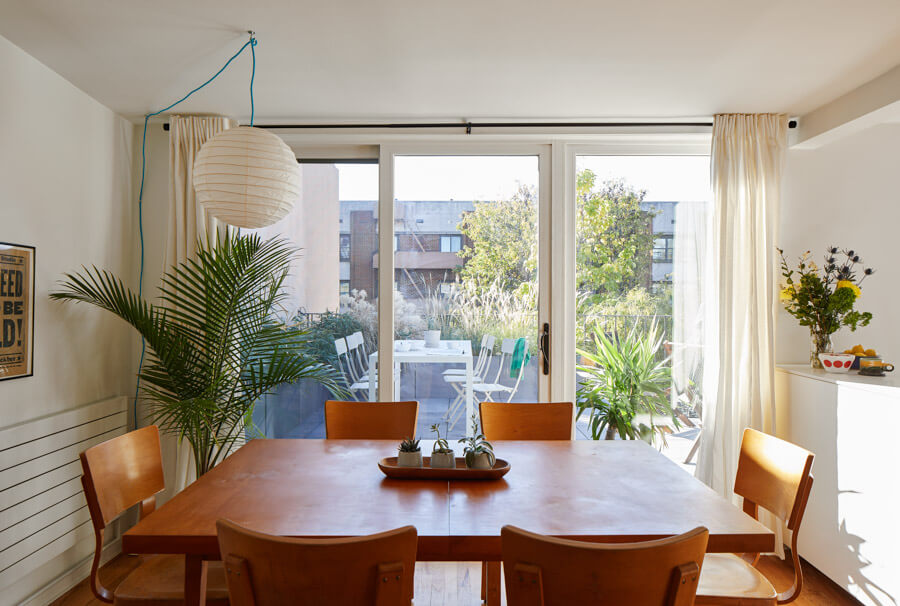
“If the budget is available, I would prefer to move them under windows and keep them under the thickness of the wall. It’s a natural space to do it,” architect Bryan Natinsky said. “I put a cover on them, or integrate them into a cabinet with a cover that is flushed and recessed into the wall.”
Natinsky also combines radiators with forced-air systems that can kick in while the radiators heat up.
“I find the best combination is radiators as the main source of heat and forced air as a supplemental source,” he said.
Related Stories
- Modern or Traditional? How to Light the Exterior of a Brownstone or Historic Townhouse
- The Ups and Downs of Squeezing an Elevator Into a Brooklyn Brownstone
- Everything You Need to Know About Restoring or Replacing Windows in a Brownstone
Email tips@brownstoner.com with further comments, questions or tips. Follow Brownstoner on Twitter and Instagram, and like us on Facebook.






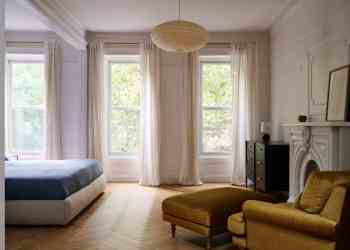


What's Your Take? Leave a Comment